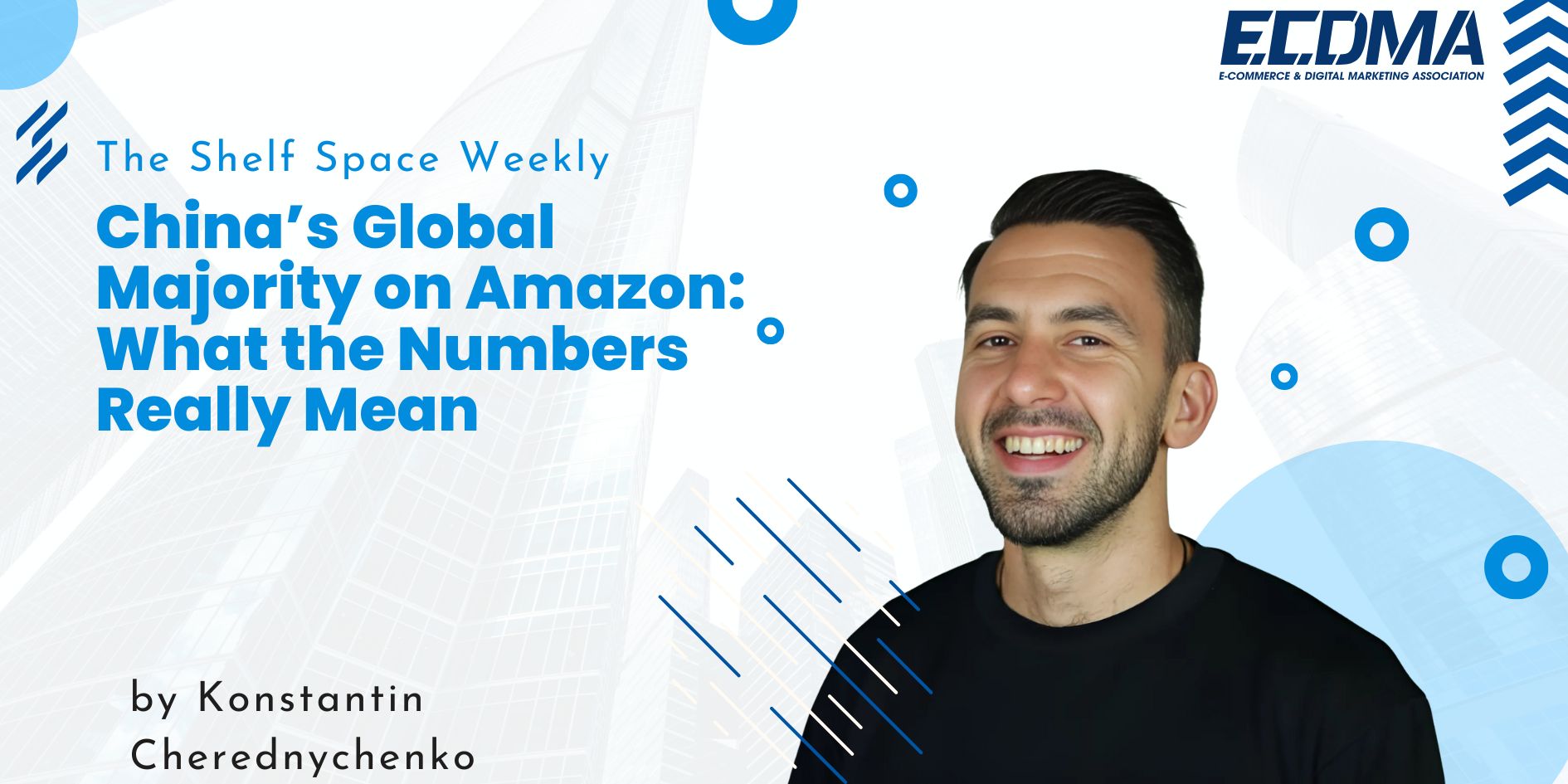
Amazon just crossed a symbolic but telling threshold: Chinese sellers now make up more than half of all third-party sellers globally, 50.03% to be exact. It is a milestone that has been a decade in the making. Back in 2015, U.S.-based sellers accounted for 70 percent of new Amazon.com registrations, while only 7 percent came from China. That balance has now flipped. In today’s global Amazon marketplace, the majority of sellers is based in Shenzhen, Guangzhou, and other Chinese hubs rather than in Seattle, Los Angeles, or New York.
Rise of Chinese Sellers and the Role of Technology
The rise of Chinese sellers isn’t mysterious. They sit closest to manufacturing hubs, giving them cost advantages and faster access to product innovation. Many also benefit from favorable shipping programs, streamlined cross-border logistics, and government incentives aimed at boosting exports. When Amazon aggressively opened its doors to international sellers in the mid-2010s, Chinese merchants flooded in with factory-direct pricing that undercut domestic competition.
Their biggest historical weakness (content and branding) has been eroded by technology. Where translation mistakes and poor imagery once flagged “Made in China” listings, AI tools now do the heavy lifting. Amazon itself has launched automated listing tools, from translations to A+ content, lowering barriers that once gave Western brands an edge. In practice, Chinese sellers now launch listings as polished as their U.S. rivals, at a fraction of the cost.
The Real Balance of Power: Two Business Models
Yet numbers don’t tell the whole story. On a per-seller basis, U.S. merchants still outperform. Marketplace Pulse estimates U.S. sellers average $884,000 in annual sales, while Chinese sellers average $393,000. In aggregate, U.S. sellers account for $157 billion of Amazon’s $305 billion third-party GMV, compared to $132 billion from Chinese sellers. In other words, Chinese sellers may represent the majority in headcount, but not yet in revenue.
That distinction matters. It suggests two tracks within Amazon’s marketplace: scale-driven sellers from China competing largely on cost and efficiency, and brand-focused operators in the U.S. and Europe carving out higher-value niches. The former win on volume; the latter win on margins and loyalty. Amazon benefits from both (the breadth of catalog from China and the premium positioning from local brands) but the competitive dynamic for sellers is far from balanced.
Strategy for Western Sellers and Future Outlook
For U.S. and European sellers, the lesson is stark: price competition is a dead end. Chinese rivals will always be able to undercut on cost, and AI has erased much of the “quality moat” around listing presentation. The opportunities lie in differentiation. Building real brands, cultivating direct consumer trust, securing distribution off-Amazon, and leveraging data to refine product-market fit are all ways to avoid being pulled into the race-to-the-bottom.
Geopolitics may also play a role in shaping the next phase. Trade tensions, tariffs, and increasing scrutiny of cross-border e-commerce could shift the balance again. For now, though, the numbers are clear: Amazon’s seller base is no longer primarily American. It’s global, tilted toward China, and increasingly powered by AI. The milestone is important, but the economics still matter more than the math. Majority share of sellers doesn’t yet mean majority share of revenue. For domestic brands and international competitors, that gap is the strategic opening.






